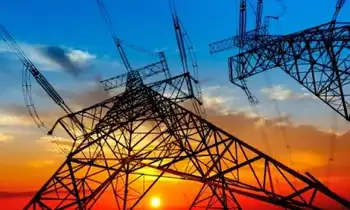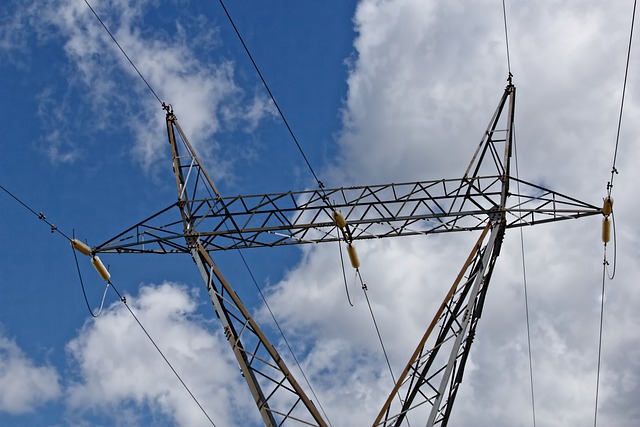Hurricanes' flying debris sure to cause outages
ST. PETERSBURG, FLORIDA - After getting hit by its seventh hurricane in a little more than a year, Florida Power & Light is facing an inevitable question from customers weary of repeated power outages: Is there anything more the utility can do to minimize the impact of severe storms on its electric system?
Part of the answer appeared to come in July with the release of a Florida Public Service Commission report that questioned the sufficiency of the Juno Beach company's efforts to trim tree branches near power lines. The PSC also raised concerns about the adequacy of FPL's inspections of utility poles.
Even if these efforts had satisfied regulators, such measures wouldn't have prevented power outages during Wilma, when much of the worst damage was inflicted on the company's 469 substations, of which 241 were knocked out by the storm.
During a conference call last week with the media, FPL president Armando Olivera said the company's transmission lines and substations are built to withstand hurricane-force winds. However, he quickly added that they aren't able to take the impact of flying debris, the main factor behind the high number of substations damaged by Wilma.
Olivera stressed there is "no magic bullet" available that will fully protect an electric system from every hurricane-related hazard.
What about placing power lines underground? FPL electrical distribution vice president Geisha Williams said that would be prohibitively expensive.
Johnson estimated that change would cost about $55-billion to $80- billion. "It's just mind-boggling to consider how much it would cost," she said.
Related News

India Electricity Prices are Spiking
NEW DELHI - Electricity prices in India bolted to a record high of 10.6 cents/kWh (INR5.1/kWh) in Q3.
A jolt in Indian spot electricity prices could save Sembcorp Industries' Indian business from further losses, UOB Kay Hian said.
The firm said spot electricity prices in India bolted to a record high of 10.6 cents/kWh (INR5.1/kWh) in Q3 and even hit a 15-minute peak of 20.7 cents/kWh (9.9/kWh). The spike was due to a power supply crunch on higher electricity demand from power distribution companies.
As an effect, Sembcorp Industries' Sembcorp Gayatri Power Limited's (SGPL) losses of $26m in Q1 and $29m in Q2…




